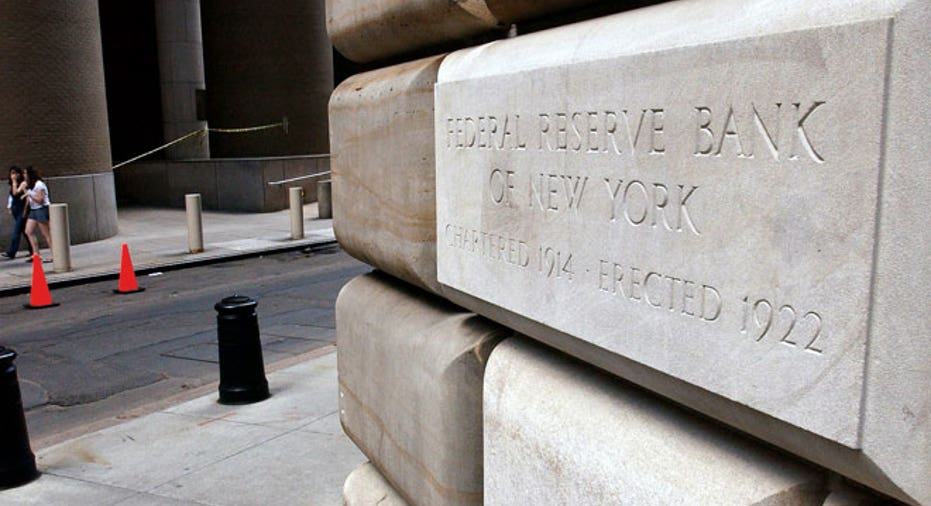As Fed Weighs QE3, Key Player Resigns

Brian Sack, the individual responsible for overseeing the execution of the Federal Reserve’s monetary-policy moves, will be leaving his post in late June as the central bank continues mulling whether it should provide more stimulus for the U.S. economy.
As the executive vice president and head of the Fed’s Market Group since June 2009, Sack was directly responsible for implementing many of the Fed’s complex monetary-policy maneuvers in the open markets.
"Brian's service to the Bank over the past three years has been critical to our response to the financial crisis and the country's economic recovery," William Dudley, president and chief executive officer of the New York Fed, said in a release.
The Fed utilized several unorthodox measures to buttress the markets after the 2008 collapse of investment-banking giant Lehman Brothers brought the financial system to the brink. Among the unprecedented steps the central bank took were two rounds of asset purchases, sometimes referred to as QE1 and QE2.
The first QE involved purchasing $1.25 trillion in mortgage-backed securities between 2008 and 2010, while the next focused on long-term Treasury bonds.
Then, in September of last year, the Fed said it would utilize a policy many economists called “Operation Twist.” Essentially, the central bank sold $400 billion in short-term debt and traded it in for the same quantity of longer-term bonds in a bid to directly impact long-term borrowing costs.
Undertaking such a sweeping set of asset-purchase programs required significant expertise. Sack brought a considerable level of experience in that realm to the table when he joined the Fed as head of the Market Group in 2009. That unit, which is based at the Federal Reserve Bank of New York, is responsible for directly interacting with the financial markets via trading.
Historically, the central bank has relied on so-called open market operations, in which it purchases and sells short-term bonds and other instruments to influence short-term interest rates called the federal funds rate. Indeed, in 2008, before Sack’s tenure, the bank slashed interest rates repeatedly from 2% to a range of 0-0.25%. The first round of quantitative easing also began less than a year before Sacks joined. However, he oversaw a broad swath of the Fed’s most unusual and controversial programs.
Sack, who earned a doctorate in economics from the Massachusetts Institute of Technology, held a senior post focusing on monetary policy at Macroeconomic Advisers, an economics consulting firm, before joining the Fed, according to his biography on the New York Fed’s website. He also ran the Monetary and Financial Markets Analysis section at the Federal Reserve Board of Governors earlier in his career.
Sack will stay on board with the Fed until June 29 in order to “ensure a smooth transition,” and will be put on leave until September 14. In the meantime, the Fed says it has begun a search for his replacement.
The resignation of a critical player within the Market Group comes at a critical time for the Fed. Many analysts believe the Federal Open Market Committee, led by Chairman Ben Bernanke, may unleash one more round of asset buying, dubbed QE3, to keep the economy’s momentum up. Data released recently have been generally upbeat, with the economy adding jobs, and output expanding modestly.
Indeed, the unemployment rate has moderated from 10% in October 2009 to 8.2% in March. However, the most recent jobs report released on Friday revealed the economy only added 120,000 jobs on the month, much weaker than the 203,000 Wall Street economists were expecting.
Bernanke, and several other members of the FOMC, have repeatedly stated that they would be open to the concept of more easing should the economic expansion begin slowing down. However, if they choose such a path, the Fed will be in need of a new architect to implement the moves.